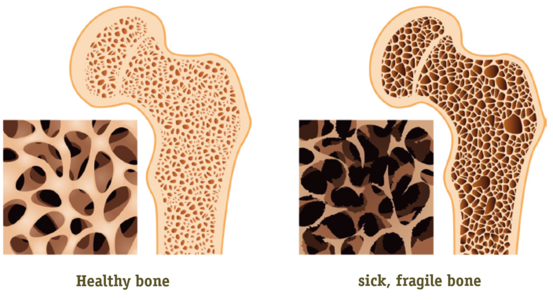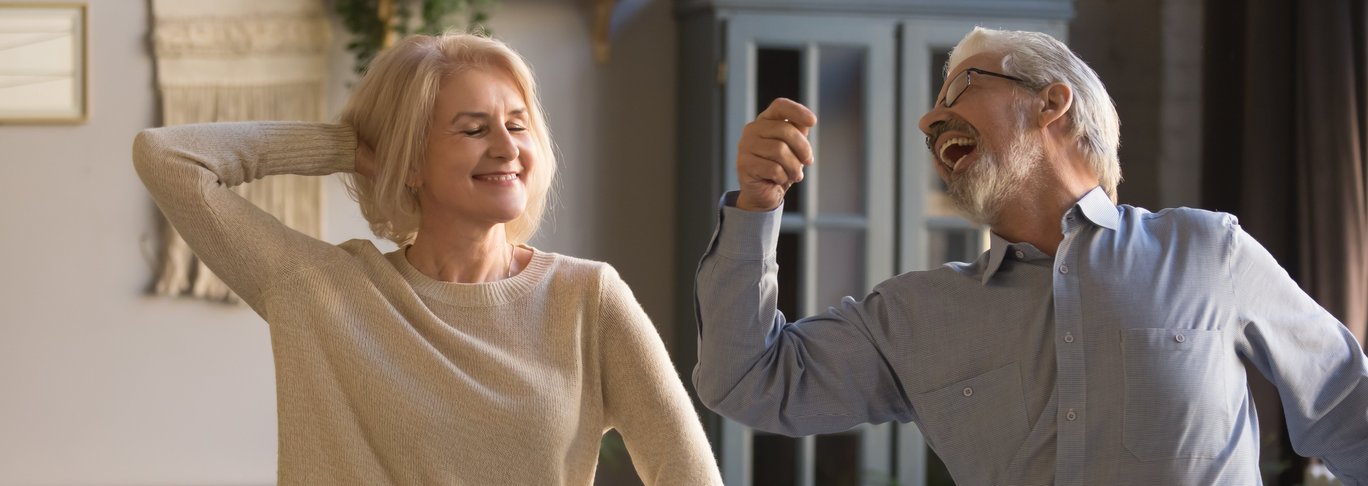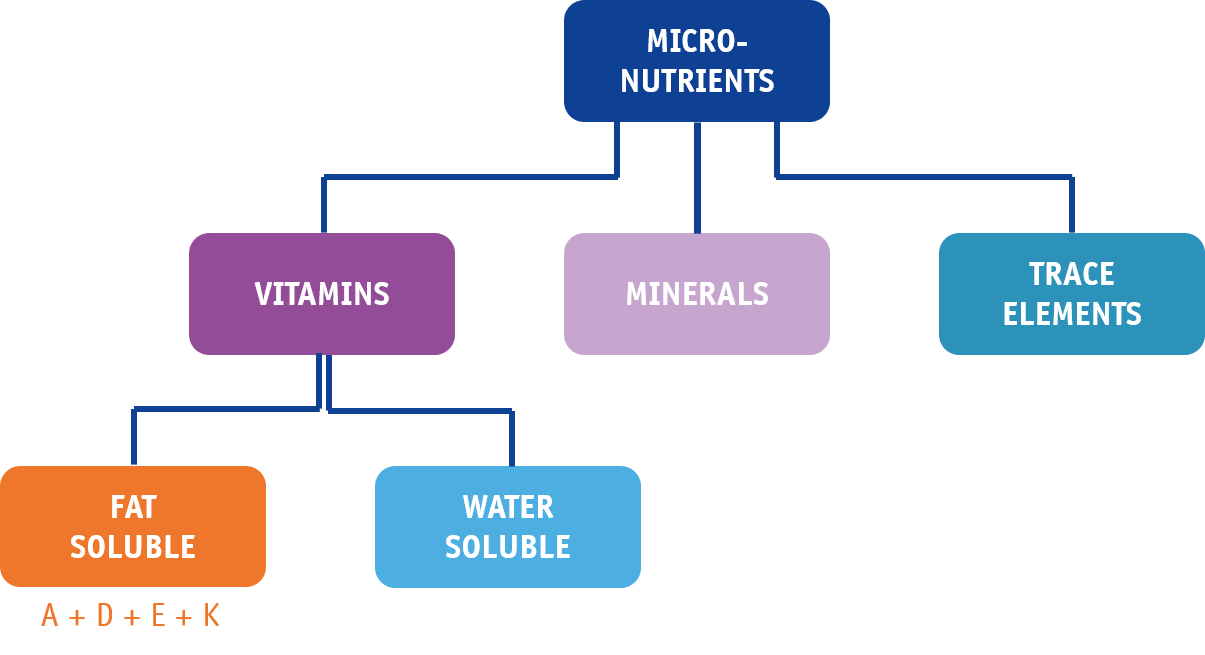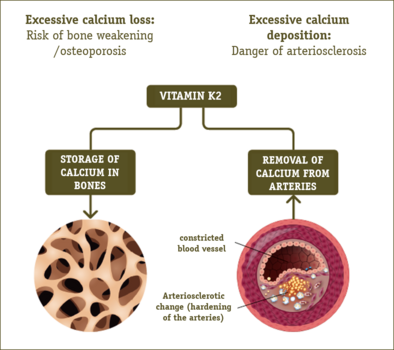Strengthen bones and prevent osteoporosis
Our bones support us from the first day of our lives. They enable us to walk, to grasp and to stand upright. Do you want to stay fit and mobile into old age? To achieve this goal, you should take care of your bones so that they retain their stability. In this article you will learn how to strengthen your bones to keep them healthy.
Bone metabolism is the term used to describe the biological processes involved in building up and breaking down bone substance. Bones are constantly adapted and remodelled to functional needs by the substance-building osteoblasts and substance-degrading osteoclasts.
A distinction is made between two competing basic processes: osteogenesis and osteolysis. Osteogenesis is the formation of bone tissue. Bone can be formed directly from connective tissue or indirectly from cartilage. Osteolysis is a process that takes place as part of normal bone remodelling and can serve to reduce functionally unloaded or underloaded bone.
What is osteoporosis?
In the presence of osteoporosis, the balance between osteogenesis and osteolysis is disturbed: the breakdown of bone substance predominates in this case. With increasing age, a loss of bone mass of about 1 % per year is quite normal. Osteoporosis is a disorder of this bone metabolism in which bone density decreases beyond normal levels and the resilience and elasticity of the bone is impaired.
Who is often affected by osteoporosis?
Although osteoporosis can occur in both men and women, women are affected much more frequently. On the one hand, because men are endowed with a higher bone mass and thus have more "reserve", on the other hand, because in women, after the hormonal changes during menopause, bone resorption predominates over bone formation. A basic distinction is made between two forms of osteoporosis:
- "Primary osteoporosis", which develops without an identifiable cause and accounts for about 95% of all cases
- "Secondary osteoporosis", which affects only 5% of people with the disease and is preceded by an underlying disease.
When should prevention be started?
Prevention begins in childhood and adolescence. At the age of 30, one should have as high a bone mass and elasticity as possible, because 90 % of the maximum bone mass is built up by the age of 30. This creates an optimal starting position for the years in which it is no longer so easy to maintain a balanced bone condition - because from the age of 30-35, the density and stability of the bones steadily decreases (1-1.5% of the bone mass per year). Excessive bone loss can be prevented by first and foremost eating a healthy diet and getting enough exercise and sport.
Today's most common recommendations for the use of micronutrients in osteoporosis refer almost exclusively to calcium and vitamin D, although studies have long shown that this strategy is no longer the most effective. Rather, an interplay of different micronutrients is important to positively counteract osteoporosis.
Bone is not just a "mineral structure". It is a complex living tissue, which includes collagen, but also many vitamins (folic acid, vitamin B6, B12, C, K2) for cellular processes as well as minerals and trace elements.
Therefore, not only calcium and vitamin D should be used in the prevention or therapy of a bone metabolism disease, but also preparations containing additional vitamins, minerals and trace elements necessary for bone metabolism or a combination of different micronutrient preparations.
Nutrient recommendation for osteoporosis
Calcium
Calcium is considered the basic building block for bones, but not for bone elasticity. In order for calcium to reach the bones, vitamin D3 and vitamin K2 make an essential contribution. Calcium is kept constant in the body by means of a control mechanism. If too much calcium is excreted through the urine and stool, the body takes calcium from its calcium reserves - the bones. This reduces bone density.
Vitamin D3
Vitamin D3 is essential for normal bone formation. It promotes the absorption of calcium from the intestines and the incorporation of calcium into bone tissue. Vitamin D3 can be produced by the body itself. However, sufficient sunlight is required for this.
For people at risk of osteoporosis as well as those with existing osteoporosis, taking vitamin K2 can have a positive effect:
- Vitamin K2 activates osteocalcin (key molecule for bone formation), which inhibits the osteoclasts that break down bone substance and promotes the incorporation of calcium into bone tissue via the osteoblasts (bone-building cells).
- At the same time, vitamin K2 ensures the removal of calcium from the arteries through its effect on the matrix Gla protein. This reduces the risk of arteriosclerosis and promotes the deposition of calcium in the bones.
- Current data show that vitamin K2 may help reduce the risk of bone fractures. The best and longest-acting form of vitamin K2 is called MK-7 (menaquinone-7).
Bone density measurement for suspected osteoporosis

Bone densitometry is ordered by a doctor if osteoporosis is suspected. This can be done in several ways:
- Ultrasound measurement of bone density.
The values measured at the heel give some indication of the risk of bone fractures in older people. However, it does not allow a reliable diagnosis in those under 60 years of age. Therefore, a bone density measurement with the DXA method is necessary before starting a drug treatment or to measure the progression of bone density.
- DXA measurement (double energy X-ray absorptiometry)
The DXA method of bone density measurement, which is carried out on the lumbar spine, is very reliable. In this method, bone mineral density is measured with weak X-rays. The undisputed advantages of double-energy X-ray absorptiometry are its precision, which also allows reliable progression measurements, and that it allows measurements in regions of the body where bone fractures have the most severe consequences.
- Quantitative computed tomography
This method used to be used to measure the spine. Nowadays it is rarely used because of the radiation exposure. Measurements on the arm or lower leg are also possible, which provide information not only about bone density, but also to some extent about bone architecture.
Can bone density be rebuilt?
It is not possible to restore the bone substance once it has been lost. A slight increase in bone density can be achieved, but this increase is only possible to a very limited extent. However, even a relatively small increase in bone density can mean a significant improvement for those affected.
For healthy bones
- When eating, make sure you have a sufficient calorie and protein intake (approx. 0.8 g protein per kg body weight).
- Ideally, eat 500-750 g of vegetables and fruits per day.
- Dairy products mainly provide calcium and protein.
- Spend at least half an hour a day in nature. Through UV irradiation, our body is able to produce vitamin D itself. Caution: In the winter months, this is not sufficient because of the low sun intensity. It is then advisable to take vitamin D3.
- Avoid stimulants such as alcohol, tobacco, etc. as much as possible.
- Avoid excessive consumption of foods with a high phosphate content, such as soft drinks containing cola and meat.
- Exercise regularly (especially through sports that exert an impulse on the bones, e.g. hiking and various ball sports), because the stress on the bones associated with exercise can lead to increased bone formation.
Products for your bones & joints...
-
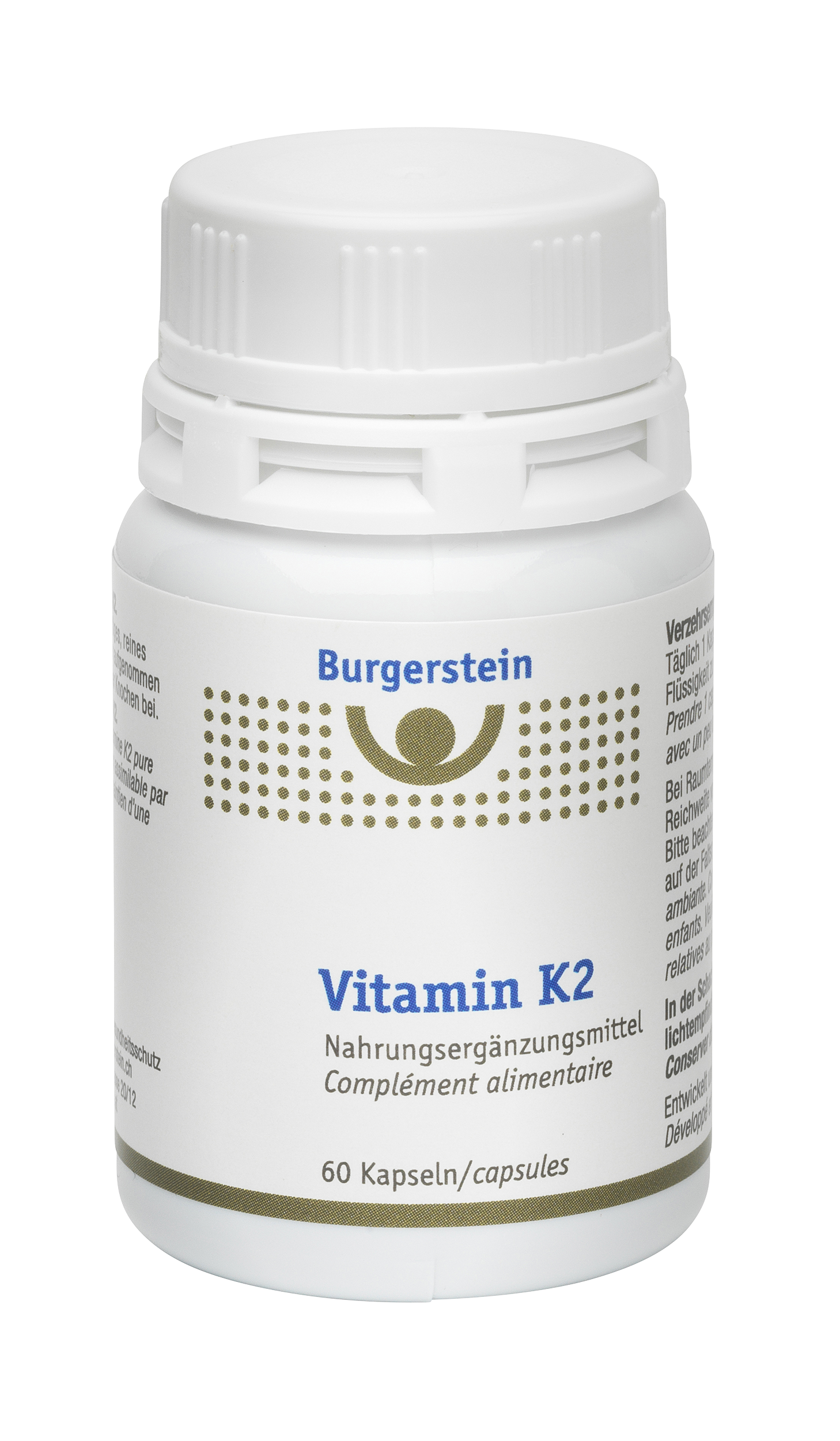
Vitamin K2
check product -

Vitamin D3 2.000 IE
check product -
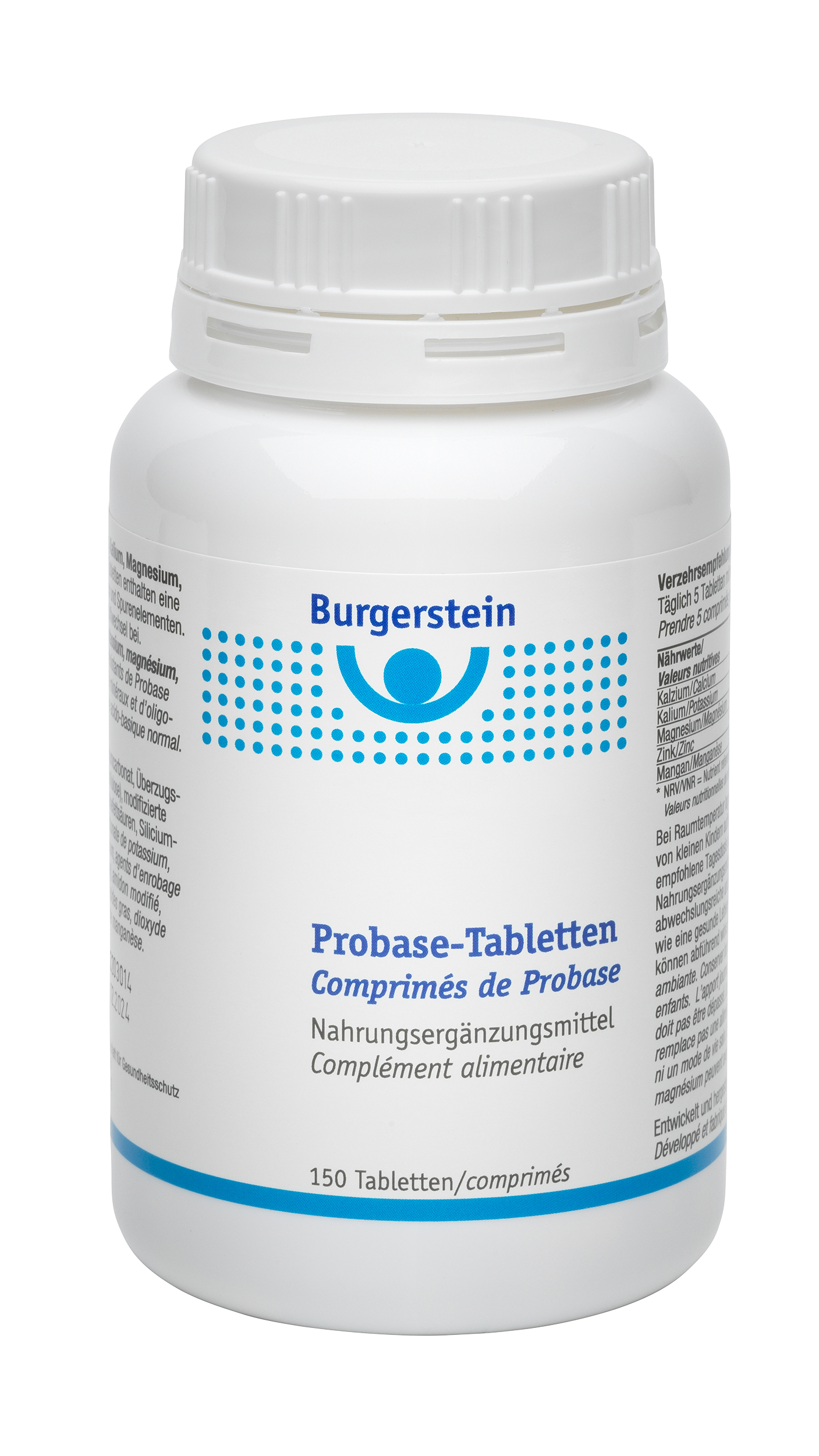
Probase tablets
check product -
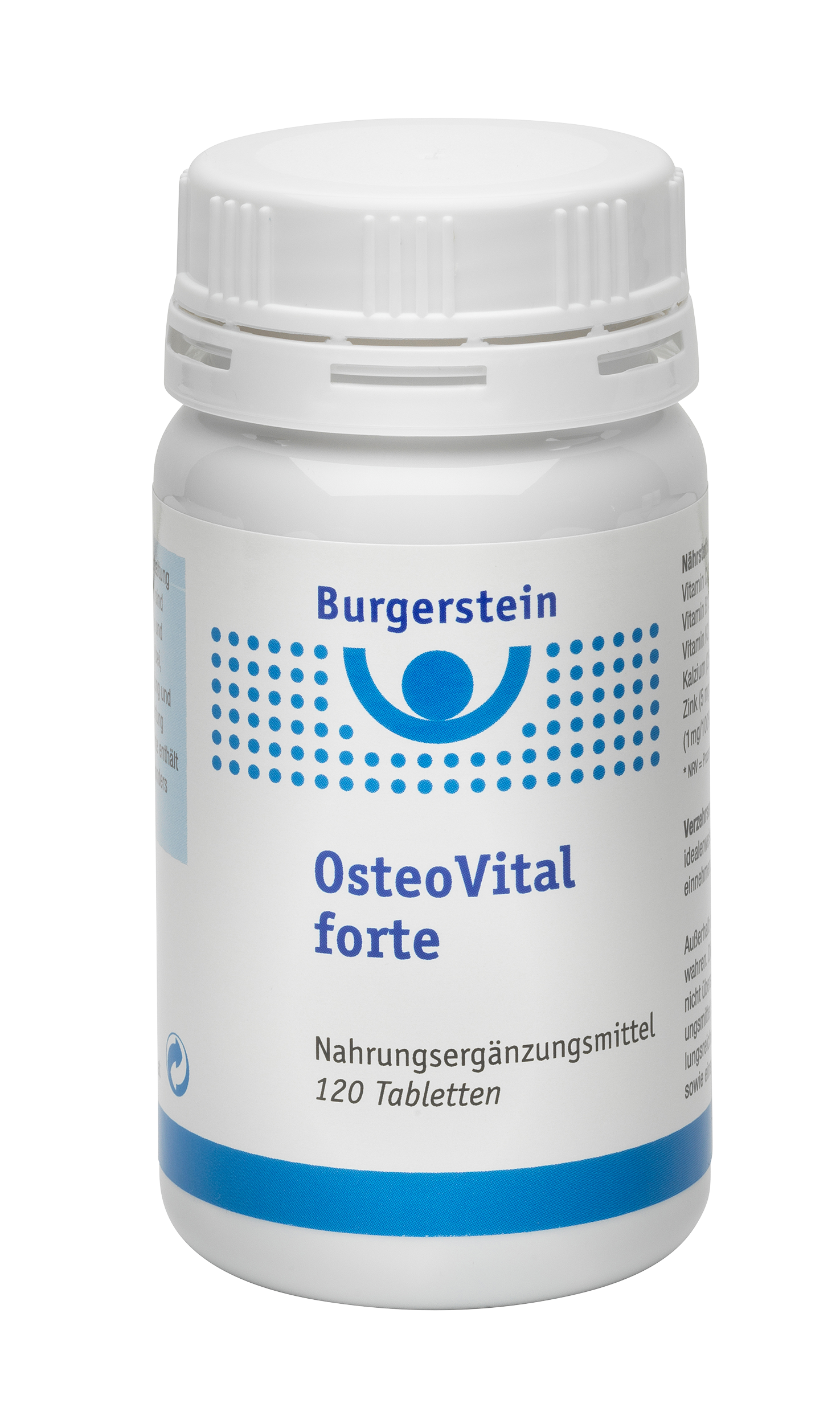
OsteoVital forte
check product -
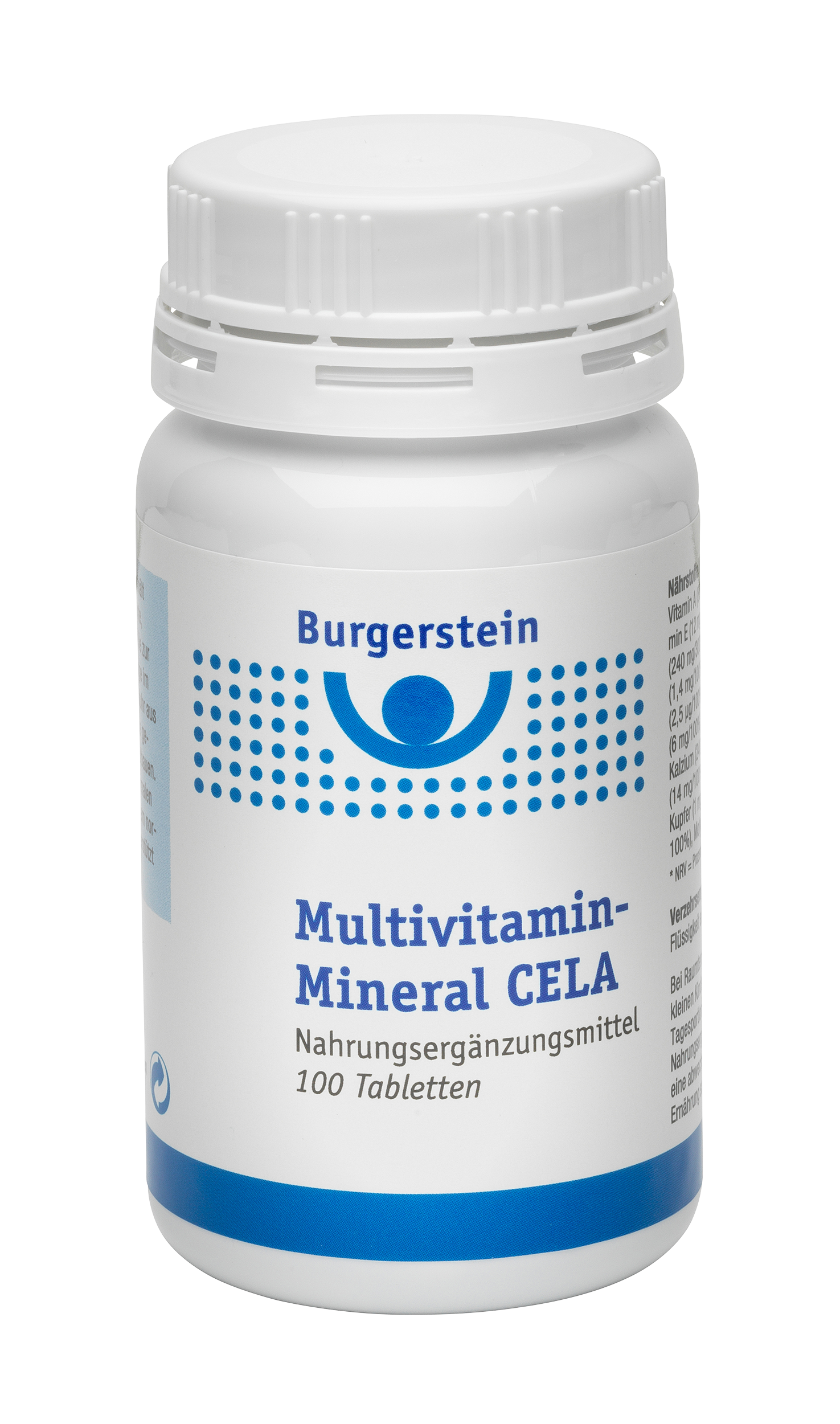
Multivitamin Mineral CELA
check product -
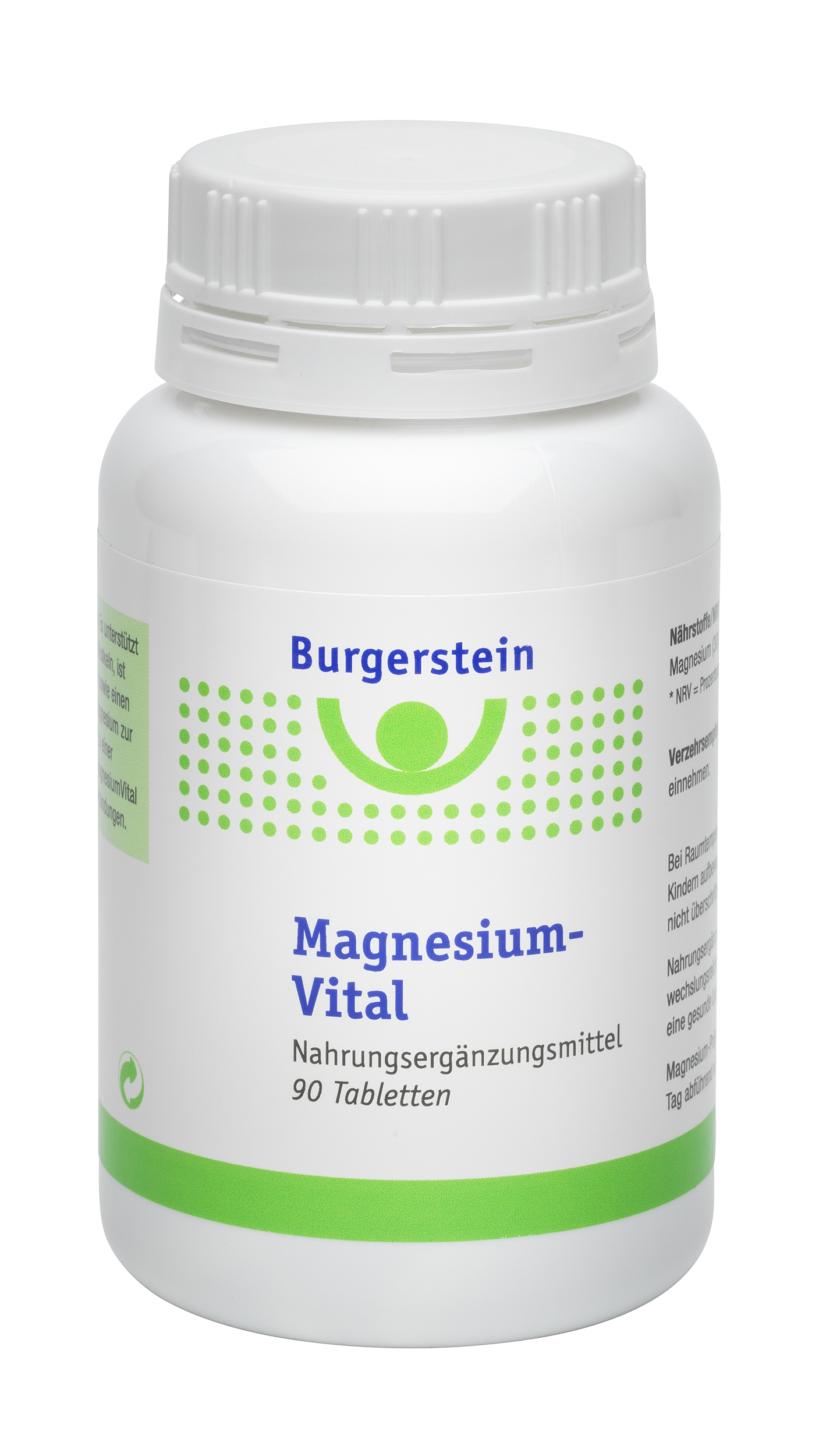
MagnesiumVital
check product -
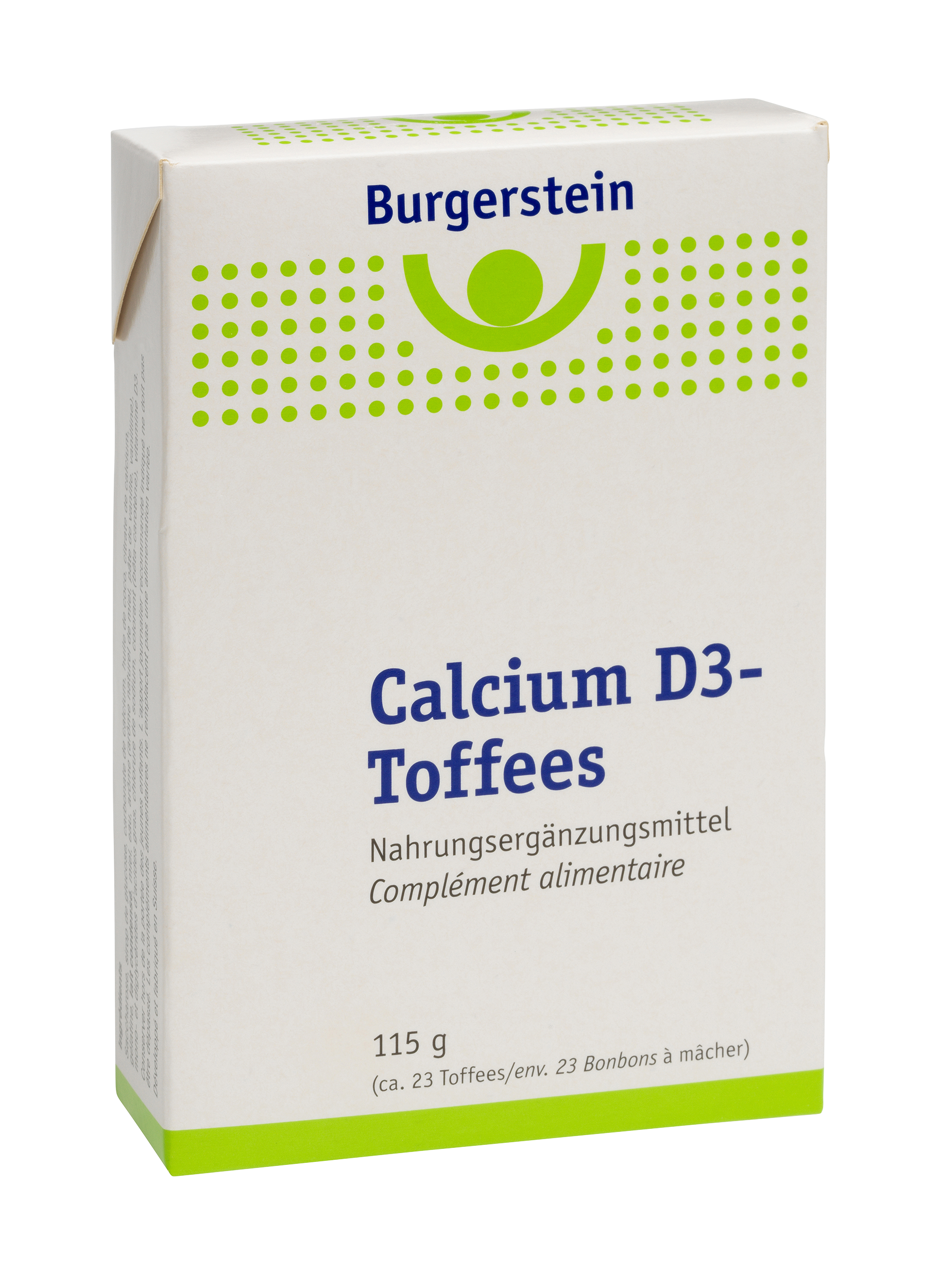
Calcium D3 Toffees
check product -
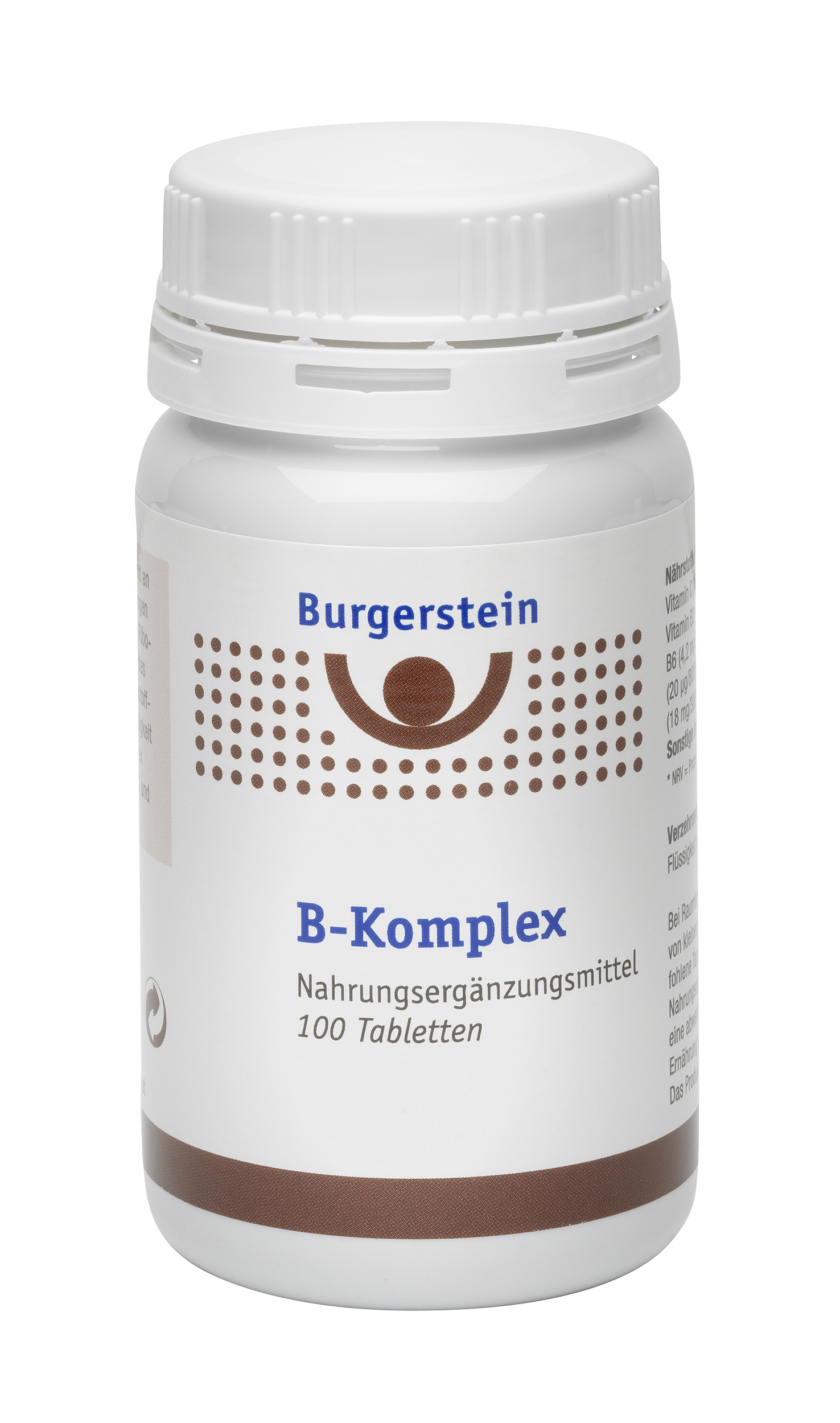
B-Komplex
check product


